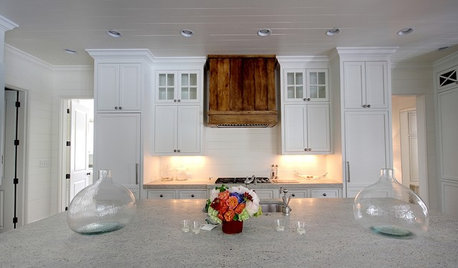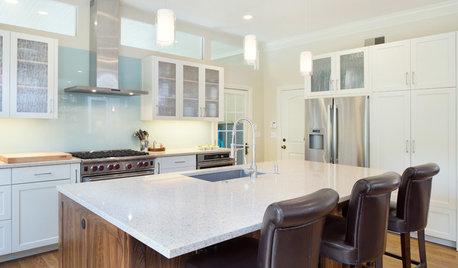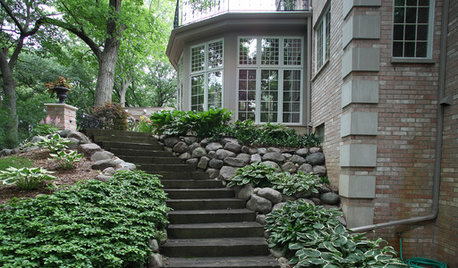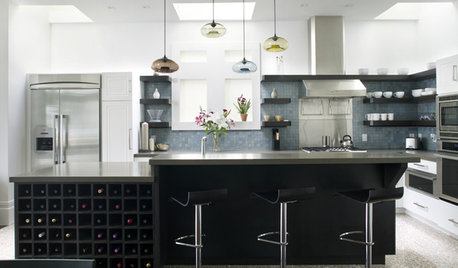hood guidance please?
ourbigdig
13 years ago
Related Stories

WORKING WITH PROSWorking With Pros: When You Just Need a Little Design Guidance
Save money with a design consultation for the big picture or specific details
Full Story
KITCHEN DESIGNHow to Choose the Right Hood Fan for Your Kitchen
Keep your kitchen clean and your home's air fresh by understanding all the options for ventilating via a hood fan
Full Story
KITCHEN APPLIANCESThe Many Ways to Get Creative With Kitchen Hoods
Distinctive hood designs — in reclaimed barn wood, zinc, copper and more — are transforming the look of kitchens
Full Story
KITCHEN APPLIANCESWhat to Consider When Adding a Range Hood
Get to know the types, styles and why you may want to skip a hood altogether
Full Story
KITCHEN DESIGNWood Range Hoods Naturally Fit Kitchen Style
Bring warmth and beauty into the heart of your home with a range hood crafted from nature's bounty
Full Story
KITCHEN DESIGNWhat to Know When Choosing a Range Hood
Find out the types of kitchen range hoods available and the options for customized units
Full Story
KITCHEN DESIGNModern Storage and Sunshine Scare Away the Monster in a Kansas Kitchen
New windows and all-white cabinetry lighten a kitchen that was once dominated by an oversize range hood and inefficient cabinets
Full Story
KITCHEN DESIGNA Cook’s 6 Tips for Buying Kitchen Appliances
An avid home chef answers tricky questions about choosing the right oven, stovetop, vent hood and more
Full Story
GARDENING AND LANDSCAPINGHow to Work With a Landscape Pro
Lush lawns and gardens don't create themselves. Here's how to work with a landscaping professional for a smooth process and pleasing results
Full StoryMore Discussions








seegaye
weissman
Related Professionals
Albany Kitchen & Bathroom Designers · Arlington Kitchen & Bathroom Designers · Euclid Kitchen & Bathroom Designers · Beachwood Kitchen & Bathroom Remodelers · Grain Valley Kitchen & Bathroom Remodelers · Bethel Park Kitchen & Bathroom Remodelers · Beverly Hills Kitchen & Bathroom Remodelers · Broadlands Kitchen & Bathroom Remodelers · Glen Allen Kitchen & Bathroom Remodelers · Langley Park Cabinets & Cabinetry · Daly City Cabinets & Cabinetry · Forest Hills Cabinets & Cabinetry · Key Biscayne Cabinets & Cabinetry · Tenafly Cabinets & Cabinetry · Wheat Ridge Cabinets & Cabinetrydavidro1
amcook
ourbigdigOriginal Author
weissman
ebean
weissman
ebean
ourbigdigOriginal Author
ebean
weissman
contemporganic
weissman
ourbigdigOriginal Author
kaseki
outonalimb2010
kelsold
deeageaux
cooksnsews
bickybee